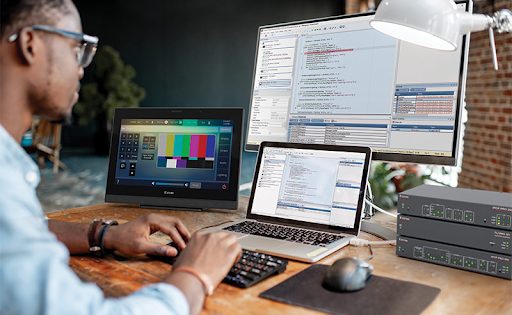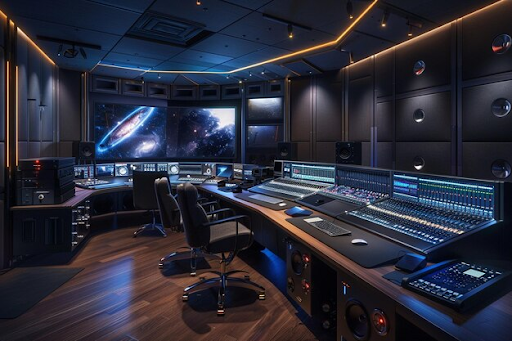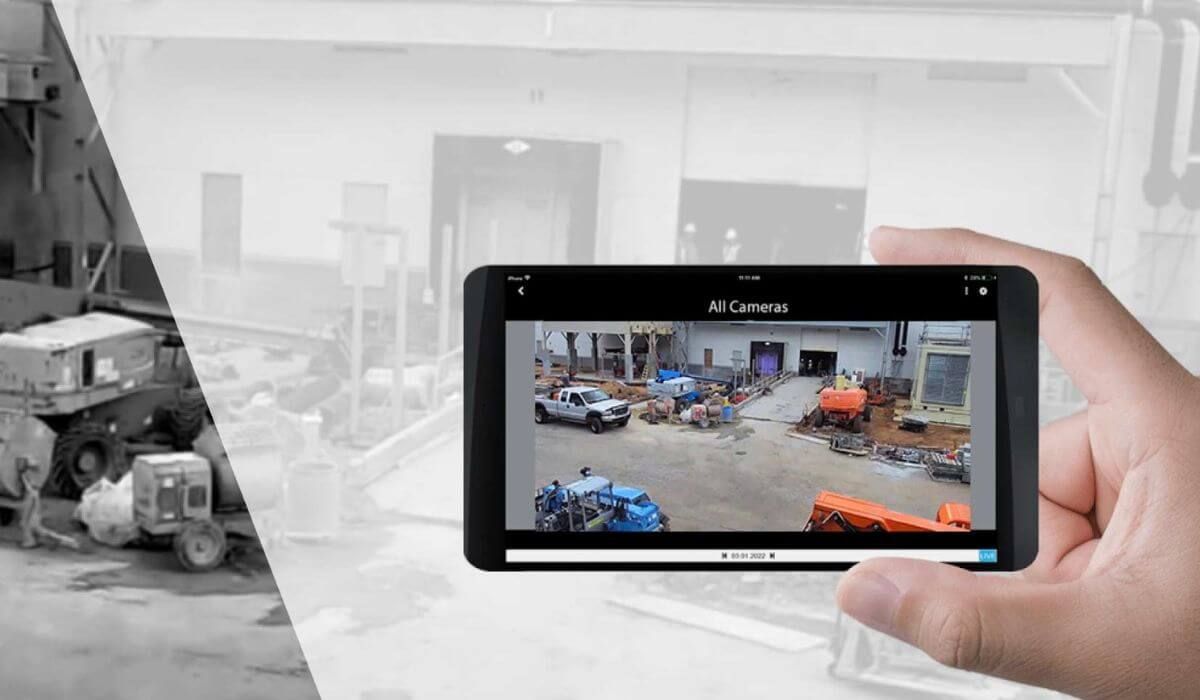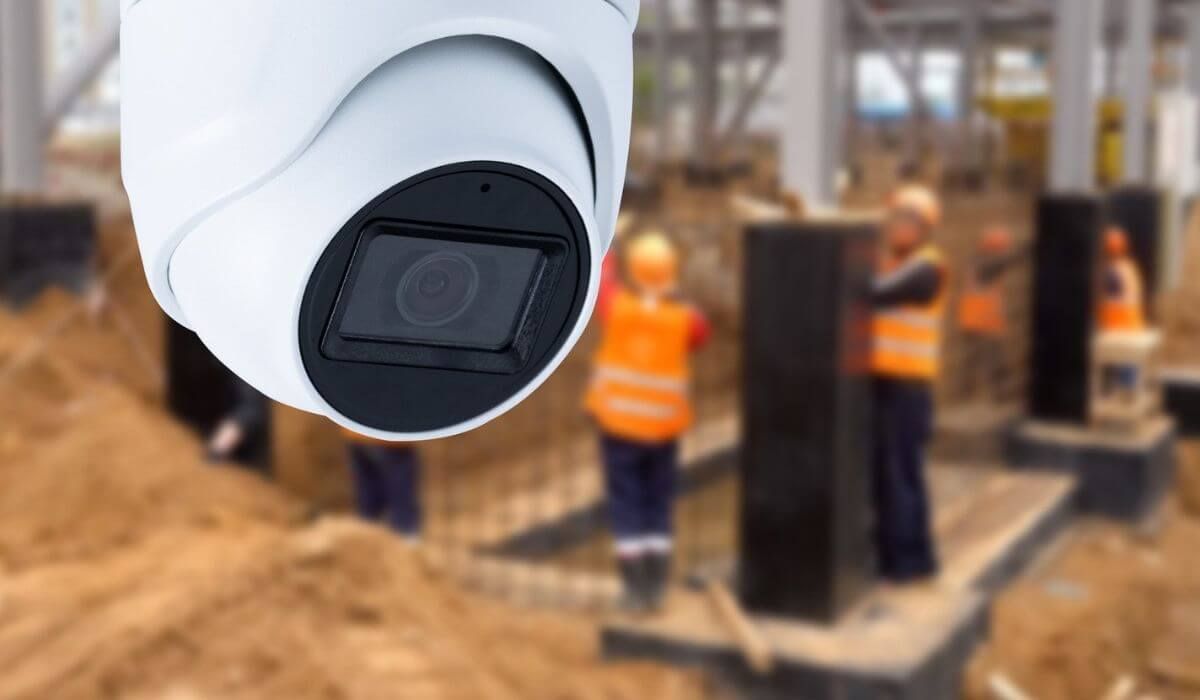What Are Audio Visual? Your Complete Guide to AV Technology
Audio visual (AV) technology
has become a cornerstone of modern communication, education, and entertainment. By blending sound and visual displays, AV systems create immersive experiences that captivate audiences, facilitate learning, and enhance presentations. Today, AV technology is essential in environments such as corporate offices, educational institutions, and entertainment venues, where it transforms how we interact with information and each other. Whether you’re looking to upgrade a home theater, outfit a corporate conference room, or improve educational engagement, understanding AV technology will help you make the most of its powerful capabilities. In this guide, we’ll explore what AV technology is, its key components, common applications, and tips for choosing the best equipment to meet your needs.
What Are Audio Visual Technologies?
Defining Audio Visual: Key Components and Terminology
Audio visual technology, often referred to as AV, encompasses a range of tools and systems that combine audio (sound) and visual (image) elements to create multimedia experiences. AV technology integrates various components that include sound equipment, such as speakers and microphones, with visual displays like projectors, screens, and interactive boards. Understanding AV components and terminology is essential for anyone looking to leverage this technology effectively in different settings.
- Audio Equipment: This includes microphones, amplifiers, and speakers, which deliver sound to audiences in a clear, controlled way.
- Visual Displays: Components like projectors, LED screens, and monitors display images and videos that support the audio elements.
- Integration Systems: These systems link AV components to ensure smooth communication between devices. For instance, AV integration might involve connecting a projector with sound equipment for synchronized presentations.
With this basic understanding of AV technology, it’s easy to see how it can transform spaces and enhance experiences in various settings.
The Evolution of AV Technology Over Time
AV technology
has come a long way from simple projectors and radio systems. Its evolution reflects advancements in digital technology, high-definition displays, and interactive features. The journey began with analog equipment like overhead projectors and cassette players, which were gradually replaced by digital systems offering higher quality and versatility. The digital transformation of AV has been significant, giving rise to multimedia presentations,
high-definition sound systems, and interactive tools that have become staples in modern-day AV. Innovations like touchscreen displays, VR, and AR are now adding new dimensions to AV technology, making it more immersive and versatile.
Common Applications of Audio Visual Technologies
Audio Visual in Business: Enhancing Presentations and Meetings
In the corporate world, AV technology is indispensable for presentations, meetings, and conferences. Companies increasingly rely on AV setups to deliver impactful presentations that captivate and engage audiences. From conference rooms equipped with large screens and high-quality audio systems to video conferencing setups that facilitate virtual meetings, AV systems have revolutionized business communication. For companies with clients or employees in different locations, AV systems make remote meetings more effective and interactive. Tools such as video conferencing platforms and collaboration software integrate seamlessly with AV systems, enabling real-time communication and fostering collaboration among team members.
Educational Applications: Transforming Learning Environments
In education, AV technology has transformed classrooms into dynamic, interactive spaces. Schools and universities use AV systems to improve student engagement and facilitate better learning outcomes. Interactive displays, projectors, and sound systems bring lessons to life, making complex topics easier to understand and helping students retain information. AV technology also supports online learning, with interactive whiteboards and digital platforms enabling remote education. By creating an engaging learning environment, AV systems help educators deliver content more effectively, catering to various learning styles and ensuring students remain involved.
Choosing the Right Audio Visual Equipment
What Are Audio Visual Systems: A Buyer’s Guide
Selecting the right AV equipment depends on factors such as your needs, budget, and the intended environment. Whether you’re setting up a home theater, a business presentation space, or an educational facility, there are key considerations to keep in mind.
- Define Your Needs: What will you use the AV equipment for? For instance, a home theater may need high-resolution displays and surround sound, while a business conference room might prioritize video conferencing capabilities and presentation tools.
- Consider Equipment Types: AV systems range from simple setups with a screen and speaker to complex systems involving multiple devices integrated through a central control system.
- Budget Considerations: AV equipment can be a significant investment, especially if you’re looking for high-end features. Identify what’s essential and consider renting or leasing options if budget constraints are a concern.
- Quality and Compatibility: Ensure the equipment you choose is compatible with other devices in your space and offers the desired level of sound and visual quality.
AV Setup Tips for Different Settings
Setting up AV equipment can vary based on the environment it’s being used in. Here are a few general tips:
- Home Theaters: Focus on achieving a high-quality picture and sound experience. Position speakers strategically to create a surround-sound effect, and use screens or projectors with high resolution.
- Event Spaces: For events, AV systems should include sound systems that cover the venue evenly and large screens visible from all seating areas.
- Corporate Offices: In corporate settings, AV systems should support presentations and virtual meetings. Conference rooms benefit from large displays, high-quality microphones, and cameras that capture everyone in the room.
The Future of Audio Visual Technology
Innovations in AV: Trends to Watch
The AV industry continues to innovate, with emerging trends reshaping how we use these technologies. Here are some key advancements:
- Virtual and Augmented Reality: VR and AR are creating immersive experiences in both educational and corporate settings. For example, VR can take remote attendees on virtual tours or help educators create simulated learning environments.
- Smart Technology Integration: The rise of smart devices is pushing AV systems toward more automation and integration with IoT (Internet of Things). From voice-controlled systems to intelligent lighting, smart technology is adding a new layer of convenience and customization.
- Touchless Technology: Touchless interaction in AV systems, especially relevant in a post-pandemic world, is seeing a rise. Voice commands and mobile app controls are making it possible to interact with AV systems without physical contact.
Sustainability in AV: Eco-Friendly Practices
Sustainability is becoming an essential consideration in AV technology, with companies adopting eco-friendly practices to reduce environmental impact. Here are some ways sustainability is influencing the AV industry:
- Energy Efficiency: Newer AV equipment is designed to consume less power without compromising performance, making it an energy-efficient choice for homes, schools, and businesses.
- Recycling and Disposal: Many AV manufacturers are implementing recycling programs to ensure old equipment doesn’t end up in landfills. Some companies also use sustainable materials in their products, reducing their overall environmental impact.
Conclusion
Understanding what audio visual technology is and how it can be used across various environments is essential in today’s multimedia-driven world. AV systems offer countless benefits, from enhancing business presentations to transforming educational spaces and providing entertainment in home theaters. By choosing the right equipment and staying informed about new trends, users can maximize AV technology’s potential to communicate effectively, educate, and entertain.
Ready to elevate your space with top-notch audio visual solutions?
Contact us today for expert advice and a customized AV setup that fits your needs!
FAQs about AV Technology and Its Applications
What are audio visual systems, and how do they work?
Audio visual systems combine sound and visual elements to create multimedia experiences. They use a range of equipment, including speakers, microphones, projectors, and screens, to deliver synchronized presentations.
What types of audio visual equipment are commonly used?
Common AV equipment includes speakers, projectors, interactive displays, microphones, and integration systems that connect these components to function as a cohesive unit.
How can audio visual technology improve business communications?
AV technology enhances business communication by enabling high-quality presentations, virtual meetings, and collaboration, making information sharing more effective and engaging.
What should I consider when choosing AV equipment?
Key considerations include the purpose, budget, and environment. Think about compatibility, sound and visual quality, and the specific features needed for your setup.
How is AV technology evolving in educational settings?
AV technology in education is growing to include interactive displays, online learning platforms, and VR tools, transforming classrooms into engaging and adaptable spaces.





